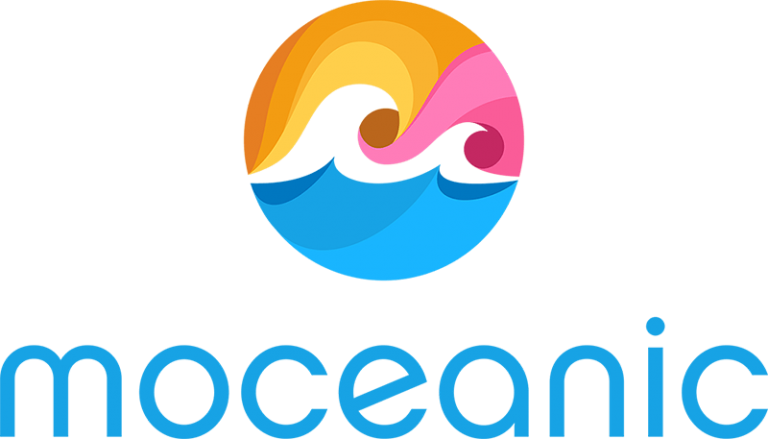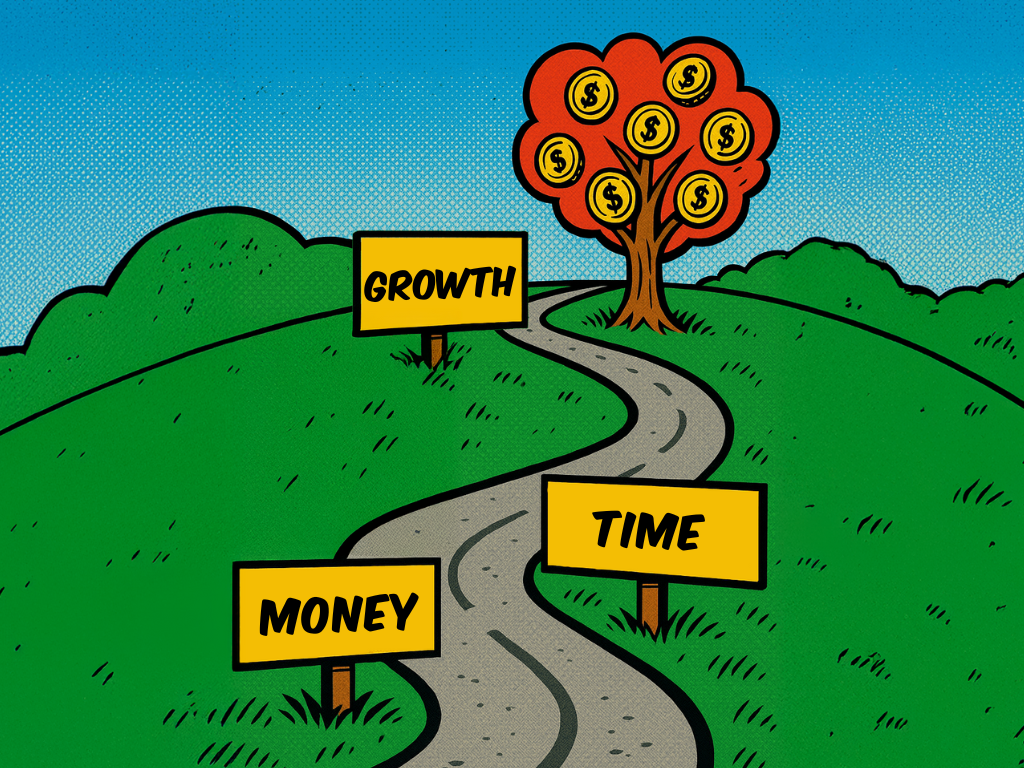Raising funds is a lot of work. That’s why it might seem unhelpful to add to the pile of work by building an in-depth fundraising strategy. Which is itself no small thing.
But putting your strategy in writing is well worth the time and effort. In fact, creating a Fundraising Strategy will save you time and money in the long run – and position you for growth well into the future.
What is Fundraising Strategy?
It’s more than a calendar of fundraising campaigns. It is a high-level plan – based on evidence – for increasing net revenue.
It typically focuses on retaining donors through solid fundraising and exceptional supporter care, while inspiring new supporters to join in funding the cause.
A transformative fundraising plan typically covers three broad areas:
- The Why: Your organization’s purpose, beliefs, and motivations.
- The What: What needs to be achieved and by when.
- The How: Detailed and measurable descriptions of planned fundraising tactics.
You may already have all this information in your head. But putting it in writing – and making sure all the stakeholders are on board with it – gives it a lot more power.
The important thing is to express these things as quantifiable goals. Otherwise, it’s just a wishful abstraction, and not really worth spending your time on.
Another way to make sure your plan is a true plan is to use SMART goals:
- Specific: Defined targets that you can realistically achieve.
- Measurable: Progress toward goal can be tracked with numbers.
- Achievable: Not pie-in-the sky aspirations, but accomplishments you are able to reach.
- Relevant: Aligned with your organization’s purpose,
- Time-bound: Intended to happen within a specific timeframe.
Here’s an example of part of a fundraising plan for one area:
Strategic focus area: Gifts in Wills
Smart goalIncrease Gift in Wills revenue year-on-year, with a goal to grow average annual revenue to $32 million by the end of 2030. (This should not be a pie-in-the-sky number, but something you can realistically meet. A stretch, perhaps, but not a wild wish.)
Objectives and Key results (the How)
- We will develop and implement a bequest acquisition strategy by July 2025.
- We will provide regular personal stewardship to high-value bequestors, with 10.5 hours of stewardship to be provided to each of the top 500 confirmed.
- We will grow our confirmed pipeline by 10% year-on-year and acquire at least 500 new confirmed bequestors in FY26.
- We will inspire lifetime giving from the confirmed bequest pipeline. Achieving at least $1 million in revenue from confirmed bequestors in FY26.
- We will grow Gifts in Wills revenue to $26 million in FY26.
The Objectives and Key Results define the yearly action plan for each year as you work incrementally towards the 5-year goal.
There’s no guarantee you will reach all these goals, but putting them in writing will set you up for success in the coming couple of years.
Your plan “Do’s” for fundraising strategy
Research everything. You can’t predict the future, but you can focus on achievable goals. These can come from your own experience – and if you don’t have that, it should come from peer organizations or advice from people with relevant experience.
Keep it simple. Focus on the metrics that matter – like net revenue. When your goals are over-complex, you will have a harder time reaching them.
Collaborate. Everyone involved across your organization should have input. They need to own their part in success.
Measure relationships goals as well as financial. Things like number of donors contacted. Relationships lead to revenue!
Be flexible. Review progress as you go along. Adapt to changes in the situation as needed. Remember how the pandemic upended nearly everything – some for the better, some for the worse.
Your plan “Don’ts” for fundraising strategy
Don’t tell people their values. Everyone involved needs to believe they are pursuing values they believe in. Nothing kills a great strategy as quickly as people responsible not believing it.
Don’t write someone else’s strategy for them. The next way to crush a strategy is people having it imposed on them.
Don’t set vague goals. If it’s not measurable, it doesn’t belong in your plan.
Don’t be distracted by every exciting new idea. These always come up – from you, or especially from your Board. There are times when you should look at new ideas and innovation, but new and unproven ideas are far more likely to derail progress than accomplish anything good.
Don’t ignore learning and development. On the other hand, you’re getting smarter all the time. Use new learning to improve your approach.
This post is based on “Building Your Fundraising Strategy,” a Moceanic workshop by Jim Green. It is available to all members of The Fundraisingology Lab.
Looking for some quick improvements to your fundraising? Get the Moceanic FREE Guide: 5 Donor Love Tips To Boost Your Fundraising In Hard Times. These are easy, proven tactics that help you connect with donors for more revenue, better retention, and stronger relationships. Click through for your copy today!
Please share your experience by leaving your reply below. We’d love to learn from your experience.










